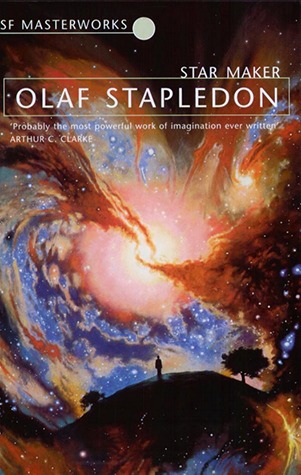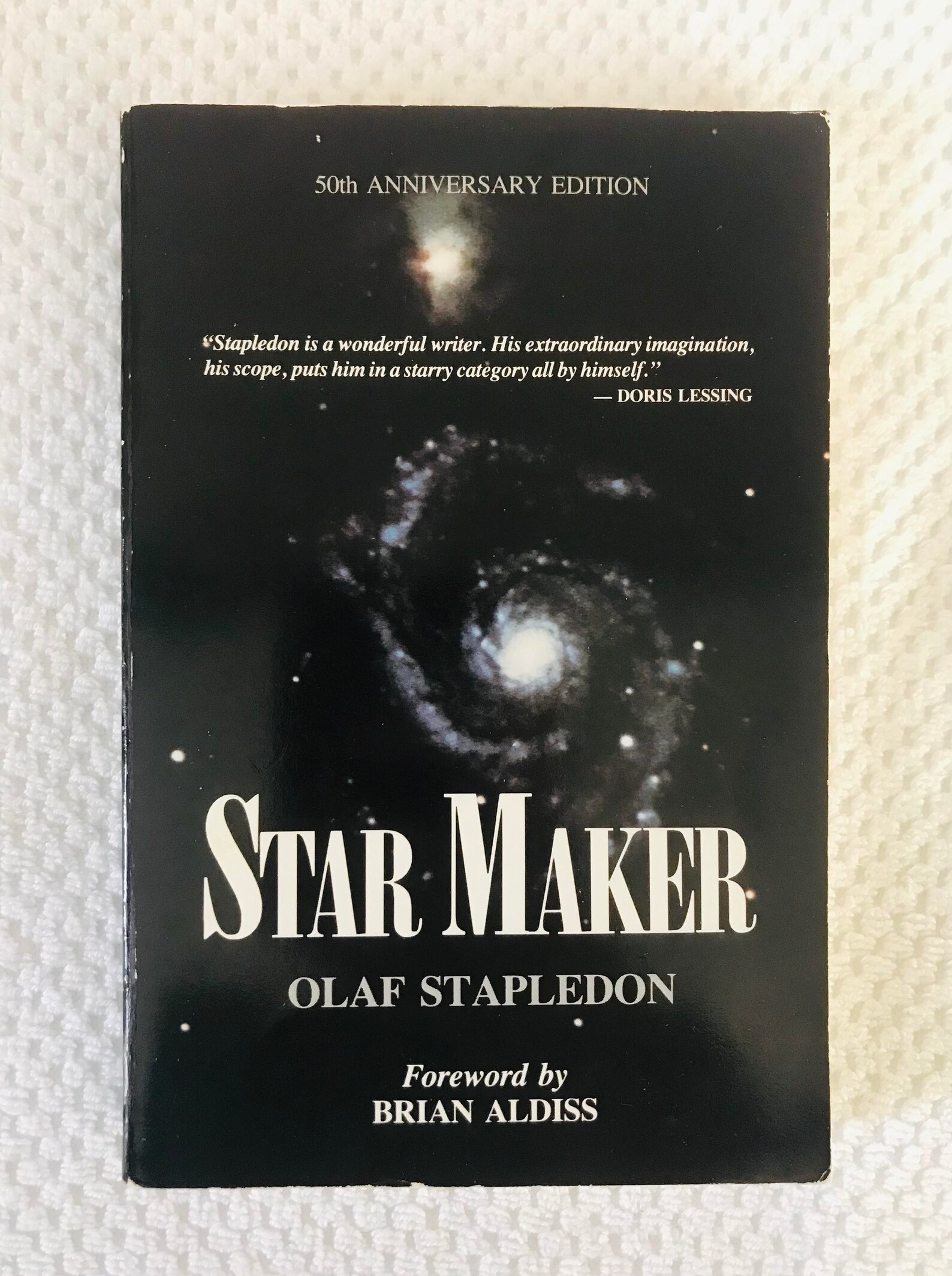



However, once overcoming this first obstacle, there are still many hardships for the surviving civilizations, and Stapledon moves on to address the ambivalence of the universe/Star Maker to our sufferings and actions, and the possible despondency this realization creates. Somewhat cynically, Stapledon includes humankind in this latter category. He spends nearly half the book describing the multitude of life forms that reach a crossroads of civilization that requires them to make this distinction, and even the most superficially advanced civilizations meet their end if incapable of this. While a fantastic exploit of creativity, his work is more a demonstration of his own belief that advancement comes from an ability to overcome selfish individuality while maintaining a desire for group advancement and recognition of a greater good, not only for yourself and community, but for the universe as a whole. Interestingly, Olaf Stapledon was actually disappointed when his work was classified science fiction, given that it was originally written to be more of a book on his philosophy of the universe. When it was over, the host of the planetary systems still lived on, with here and there a casualty, and here and there among the stars a new planetary birth, and here and there a fresh disaster.” “All this long human story, most passionate and tragic in the living, was but an unimportant, a seemingly barren and negligible effort, lasting only for a few moments in the life of the galaxy.

Eventually, after watching the full expansion and collapse of the universe, and the end of all successful life, our narrator finally meets the creator of the universe, the Star Maker. With a certain level of self deprecation regarding his ability to translate his experiences into words, our narrator (along with his companion, Bvalltu, and other mental beings) details the painful evolution of the universe while attempting to understand the purpose of existence in a universe that seems impartial to the life’s sufferings. As the successful races grow, they again face new challenges as they are challenged to create new unities with other awakened races, violent galaxies, and eventually the stars themselves. He discovers arrays of other planetary life forms, and watches as they either move to higher levels of unity and consciousness, or reach untimely demise through self-destruction. Without intention, the narrator of Olaf Stapledon’s book, Star Maker, finds himself whisked away on a disembodied journey through the cosmos, moving with impunity through time and space to witness the history of the universe. It all begins with a man staring up at the stars.


 0 kommentar(er)
0 kommentar(er)
